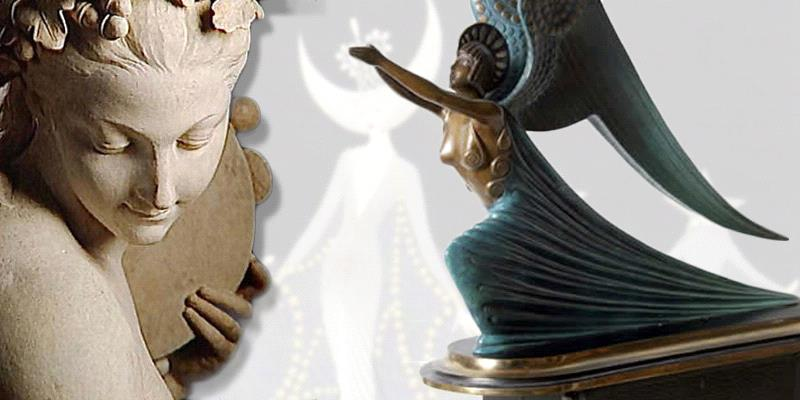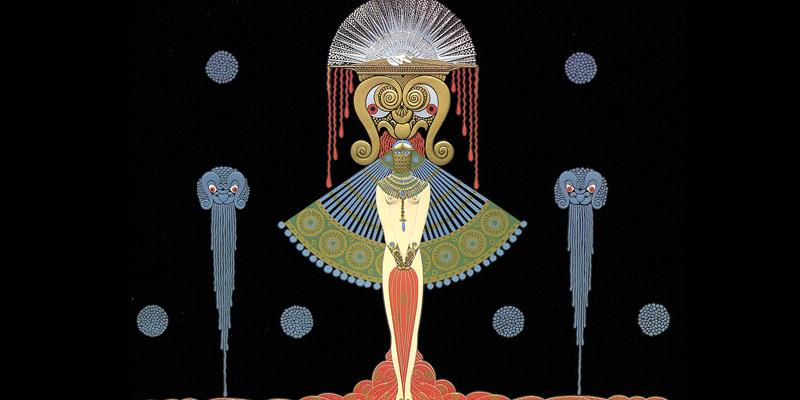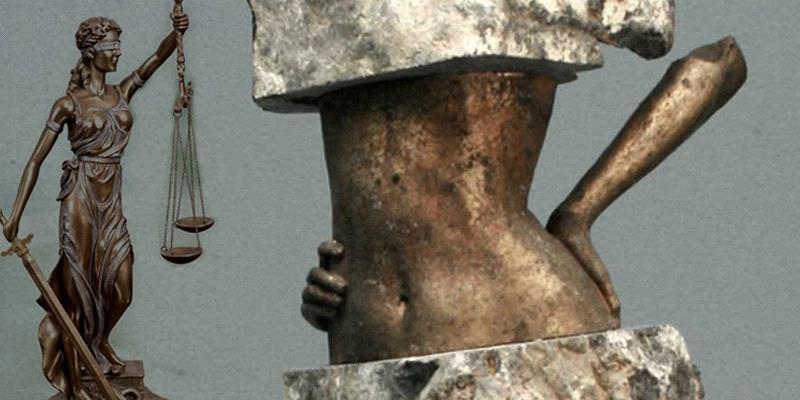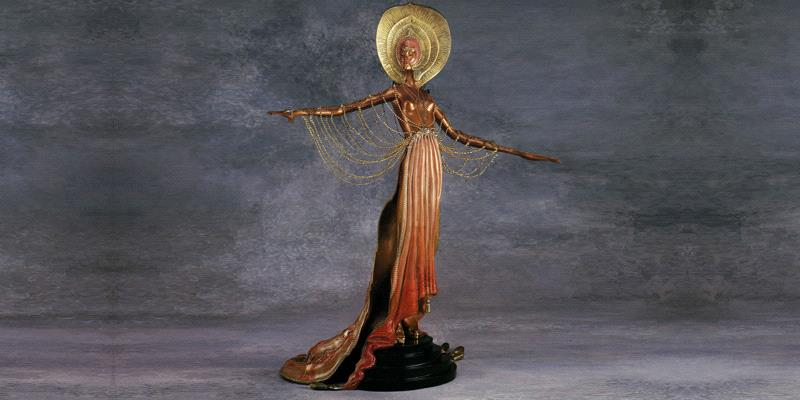Without a doubt, Erte ranks highly among the best sculpture artists of all time. He is known as the Father of Art Deco and his works are recognizable, hold deep value and meaning, and have transcended the years without fading from the hearts of their admirers. An Erte bronze sculpture can sell for thousands of dollars in today’s market and are incredibly popular with those who can afford such a luxury. Erte had several different periods within his work and worked with a variety of media. His bronze sculptures in particular, though, hold an incredible value in the hearts of thousands. Influenced by the theater (as well as film) and fashion, his pieces captured the world around him while also capturing the fluidity and motion that are the essence of life.

Erte Changed the Game in the 20 th Century
There is something to be said about the absolute uniqueness of an Erte sculpture and carvings associated with each unique piece. While an Erte sculpture may contain elements that carry tones of his predecessors, he took what he learned to make his pieces 100% his own. For many artists in this time, working with statues or sculptures meant creating something large and memorable. In fact, they were often categorized into two main groups based on size –
monumental and museum sized.

Erte wanted something different. Most of his bronze sculptures are under two feet tall. This enhanced their decorative purpose, making them far more versatile when it comes to where they could be used. Erte spurred on a whole new art movement not once, but twice! He started the Art Deco movement in his younger years, and after revisiting the concept as an elderly man, it was reborn. These pieces influenced more people than he could count during his life, and continue to inspire many to this day.
Erte’s Most Popular Bronze Pieces
Erte took influence from all over the world. They carried tones of the land from which the inspiration was taken, whether that was Paris, where he moved pursuing higher art, America, Ancient Greece, or Arabia. Each piece was unique and carried its own strengths. His work spans the globe, bringing people, cultures, and ideas together in one small, cohesive masterpiece. It is from here that much of his appeal stems.

American Heiress, for example, tells a story just by looking at the piece. This had heavy American influence, hence the name. It accurately depicts not only the stereotypical attire of such a prestigious upper-class woman of that time, but the body language and flow of the work displays her attitude as well. It shows a glimpse into history, making it highly popular in today’s world. This is also evident in other American-based pieces as well, such as Broadway’s in Fashion. This piece combines the likeness of a woman with the stage in an expertly crafted and cohesive work of art.
Erte took inspiration from other global areas as well, often from Asian or Greek culture. This included traditional kimono-clad women such as in his Asian Princess along with goddesses such as in his Aphrodite piece. He also captured the culture of Saudi Arabia in Arabian Nights. This focus on lore and mythology captures images that you cannot see elsewhere as he brought life to stories like the Golden Fleece from ancient Greece. He gave the story a face, a personality, and an emotional side that it did not have before.

He didn’t always stray so far from home, though. Many of his pieces depicted scenes from home in France. He never failed to capture the fluidity and fleetingness of life. One of his most popular French-based pieces, Bella de Nuit, brings life to a period in history, very similarly to American Heiress. These are just a sampling of the many masterpieces that Erte created over his long life that leave his legacy strong to this day.
To know more about antiques, visit our website: www.antiquesilver.org







